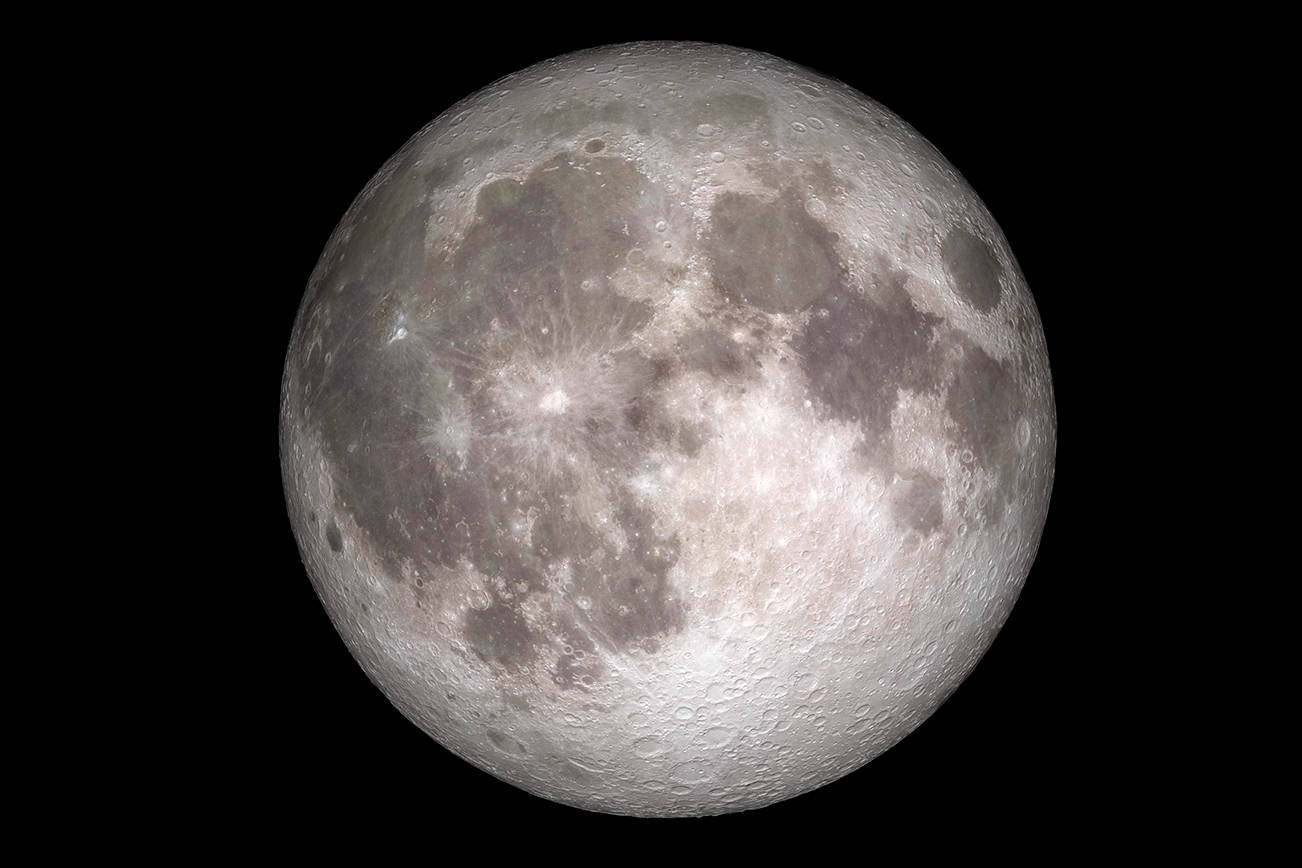The night of Dec. 3, the islands witnessed the first of three supermoons that will grace our sky over the next two months.
A supermoon occurs when the moon is full during the closest point in its orbit around Earth. According to the National Aeronautics and Space Administration, the moon’s orbit is elliptical, with the nearest side (perigee) being 30,000 miles closer to Earth than the far side (apogee). During apogee, the moon appears 14 percent larger and 30 percent brighter.
The next supermoon will be on Jan. 1, followed by another on Jan. 31. The second supermoon will include a total lunar eclipse, which will be visible from Orcas Island at approximately 4:50 a.m.
“The Jan. 31 supermoon will also be the second full Moon of the month. Some people call the second full Moon in a month a Blue Moon, that makes it a super ‘blue Moon,’” NASA said on its website. “Blue Moons happen every two and a half years, on average. With the total eclipse, it’ll be a royal spectacle indeed: a ‘super blue blood’ Moon.”



